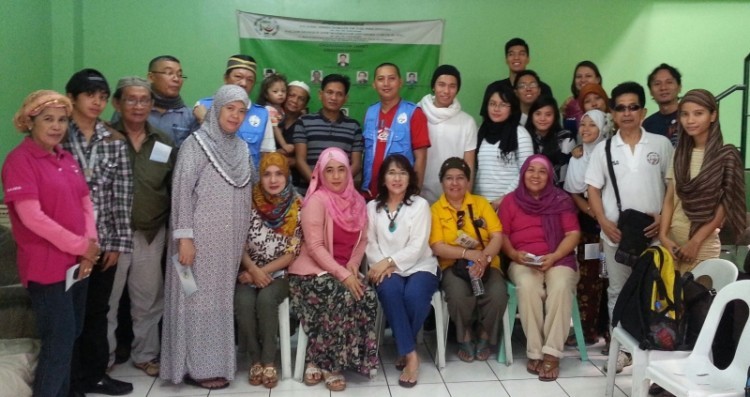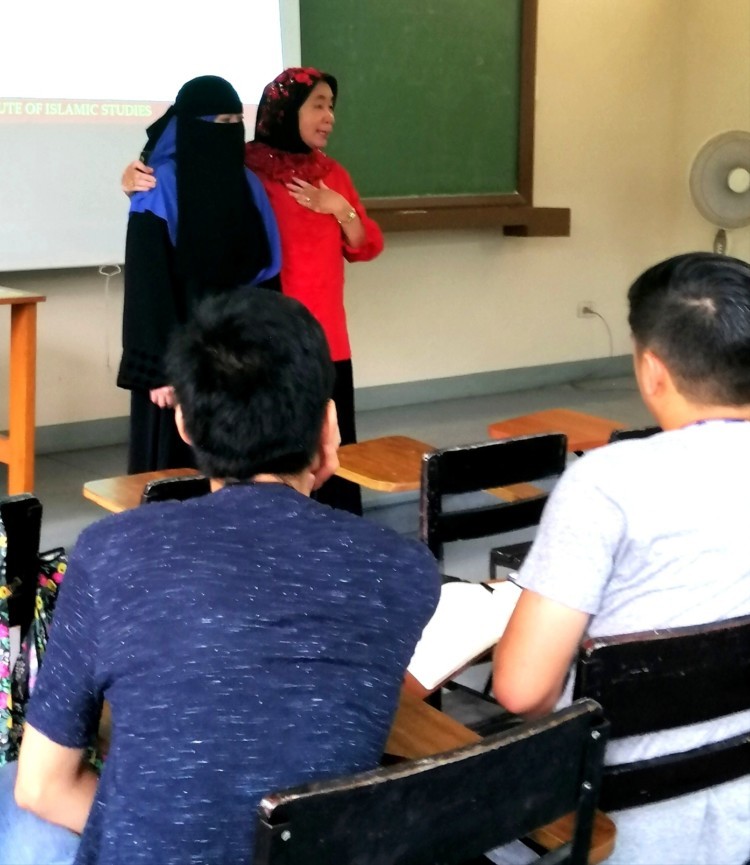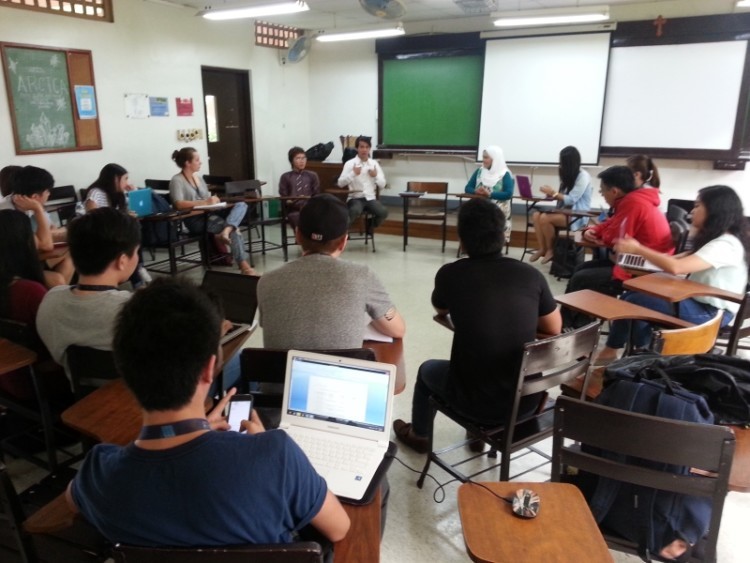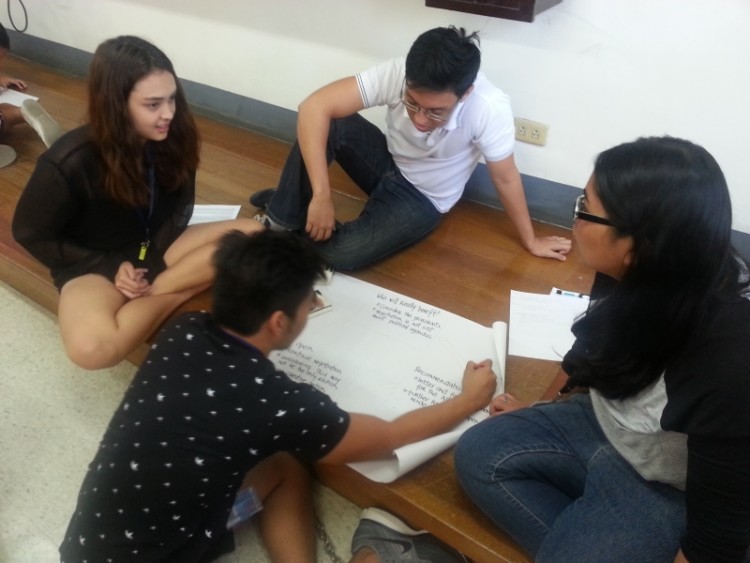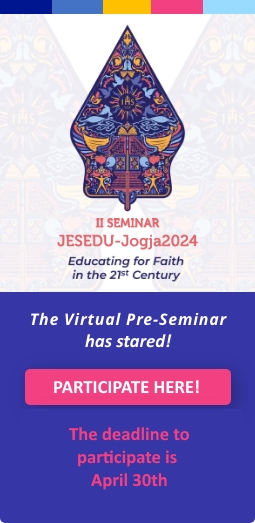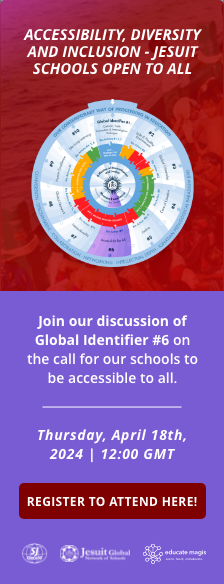The spate of mass shootings at places of worship these past six months jolted us to an awareness of what appears to be a growing phenomenon of religious-based hate-crimes and violent extremism in our midst. These are giving rise to many questions, especially among the youth, about religion and its seeming propensity for provoking violence among its adherents.
In Abu Dhabi on February 4 this year Pope Francis and the Grand imam of Al-Azhar signed a historic document entitled, Human Fraternity for World Peace and Living Together. In it they jointly encouraged all schools, universities and institutes of formation to help “educate new generations to bring goodness and peace to others” and not use God’s name to justify war and violence against each other.
This is a clarion call for Interreligious Dialogue (IRD). But responding to this is no mean feat. I have been teaching a course on ‘Conflict Transformation and Peace Among Religions’ to college students at the Ateneo de Manila University and I found that my years of engagement in conflict-ridden grassroots Muslim-Christian communities have been helpful to my endeavors.
Interreligious Dialogue is about relationship-building. Teachers need to find student-centered approaches that are transformative and engaging. Here are some ways that I found helpful:
1. Begin from where the students are, and not from where you expect them to be. Get to know your students by encouraging them to introduce themselves in a reflection paper where they can freely write about their joys in life, their deepest sadness, and their biggest fears. A “safe space” between teacher and student must be created for this to be possible.
2. Awaken awareness of and appreciation for transcendent realities and find creative ways of placing them at the center of students’ individual and collective universe. I find that encouraging reflection on these questions are helpful: a) Who are you, why are you here, and where are you going?, b) What is your highest belief?, c) How does this belief give meaning and direction to your life?
3. Encourage critical thinking and deep heart listening in their seeking for deeper understanding of and finding greater meaning in the Christian faith. It helps to ask students what verse in the Holy Bible is most meaningful to them, and how this speaks of the message of Christ that is truly “universal” and holds true for all human beings beyond space and time.
4. Understand Dialogue as not merely an exchange of words, but a way of BEING an organ of Christ’s Love for others and BECOMING an instrument of Christ’s peace in relationship with others.
5. Promote Dialogue as Love in Action in the true spirit of 1 John 4:18 where perfect love casts out fear. Encourage students to reach out beyond their comfort zones to “others” and find something in their beliefs and practices that they can learn from and be enriched by in the spirit of mutual respect, understanding and cooperation. True conversion in IRD is conversion of the heart to love.
